Dental Implants San Rafael, CA
A permanent solution for missing one or more teeth.

Once teeth are missing from the jawbone—whether one or many; whether from accident or disease—something very important is missing as well. That’s tooth stability, and that’s because once one or more teeth are removed, the jawbone that previously anchored the roots begins to dissolve. Dental researchers worked for years to find ways to keep bone from shrinking. Now we’re proud to offer a solution that prevents bone loss while permitting durable, fixed, permanent restorations.
They’re dental implants. And they’re the next best tooth replacement option to the real thing, because they’re rooted in bone just like your original teeth. The procedure involves setting one or more implant anchors into the jawbone. These roots, made of titanium, are strong, non-toxic, and biologically compatible with the mouth.
The key to a successful implant is something we call osseointegration: the bone actually grows into the implant itself. Once this bond stabilizes we cap the root with a natural-appearing replacement tooth. Or multiple replacement teeth. Or use it as an anchor to support a crown or bridge—even a denture! Implants aren’t right for everyone. You need sufficient bone in your jaw to support them and a willingness to take good care of yourself during treatment.
But the benefits of implants, from restored chewing and speaking efficiency to improved nutrition, are undeniable.
What can dental implants do?
- Replace one or more teeth without affecting bordering teeth.
- Support a bridge and eliminate need for a partial denture.
- Provide support for a denture, making it more secure and comfortable.
The dental implant process
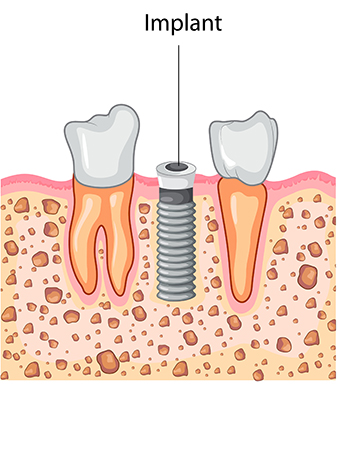
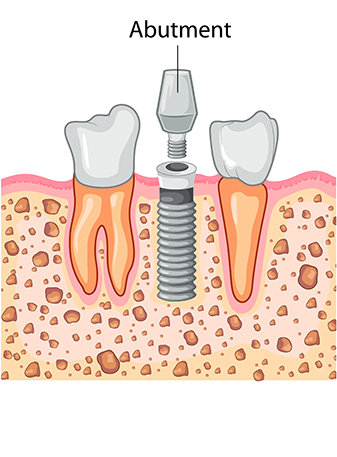
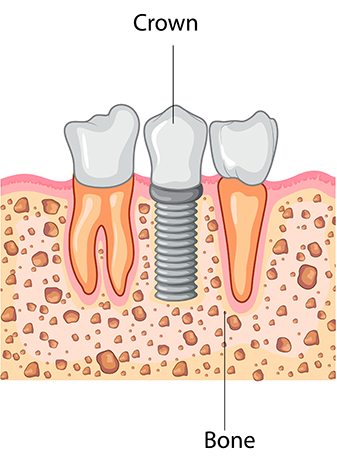
Bone Grafting San Rafael, CA
A weakened bone might need to be strengthened using a bone graft.
An oral bone graft is usually required before you get dental implants when significant gum recession has taken place exposing root surface. Sometimes gum tissue recedes the bone beneath it experiences resorption (degeneration) which compromises the basic strength of the teeth in the jaw.
To perform the bone graft the gums in the affected area are first exposed revealing the receding bone. Then a small piece of bone is taken from another area of the body (preferably the back of the jaw or chin) and attached to the affected area with titanium screws. The new bone provides increased structural support for restorations, prevention of further bone resorption, and overall increased strength of the jaw bone.
The bone grafting process
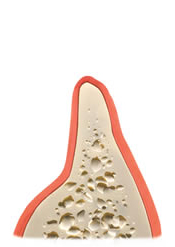
Pre bone graft
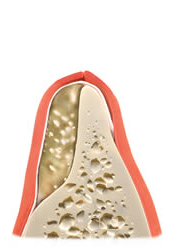
After bone graft
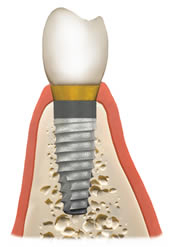
Final implant
Dental Implant FAQ
Frequently asked questions about dental implants.
The doctors and team at Marin Dental Care have provided a list of frequently asked questions (FAQ) and answers about dental implants, the dental implant treatment process, your insurance coverage and the financing options available.

